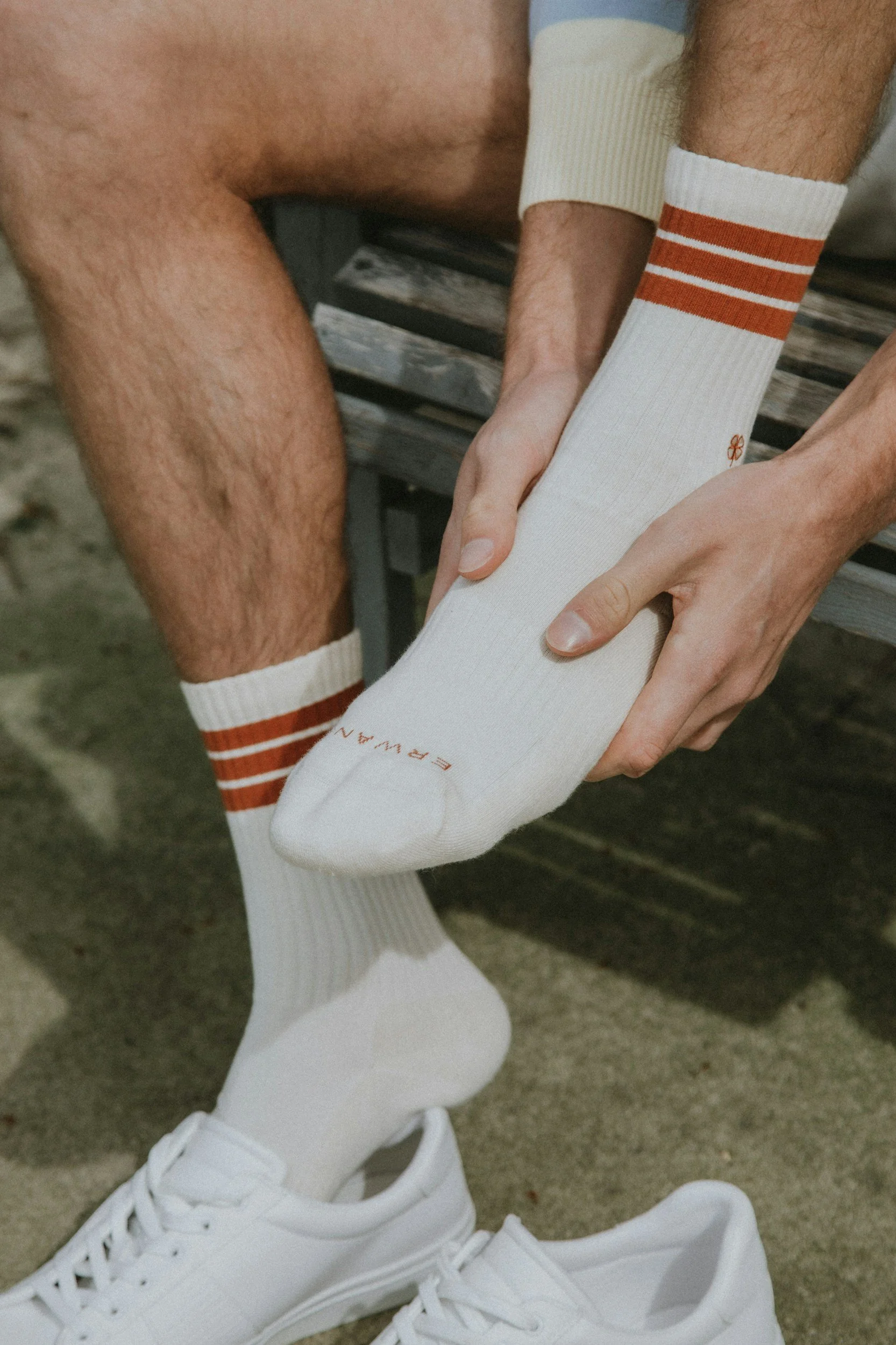A Smarter Approach to Healing
🧩 A Smarter Approach to Healing with PEACE & LOVE
Soft-tissue injuries - like ankle sprains or muscle strains - aren’t just about managing pain. For years, we leaned on RICE/PRICE (Rest, ice, compression, elevation). However, research shows we need a more nuanced, healing-focused system: enter PEACE & LOVE.
🌟 PEACE – The Acute Phase (Day 1–3)
Protect: A brief period of unloading (1-3 days) helps prevent additional damage and bleeding. But keep it short! Prolonged rest weakens tissue strength.
Elevate: Raising the injured limb reduces swelling. The evidence is modest, but it’s safe and simple and unlikely to cause harm or delay tissue repair.
Avoid anti-inflammatories: Using NSAIDs or ice immediately may interfere with the inflammation needed for natural healing. Studies suggest that tissue healing is delayed when inflammation is surpassed early on.
Compress: A tight bandage or taping can limit swelling, help drain fluid, and ease pain.
Educate: Knowledge about your injury and expected healing trajectory empowers recovery and reduces unnecessary treatments and fear-avoidance behaviour
❤️ LOVE – The Sub‑Acute Phase (Day 3+) This phase is where having a Chiropractor/Physiotherapist/Osteopath can be really helpful.
Load: Gradually reintroducing weight-bearing and movement stimulates tissue remodelling and improves strength over time.
Optimism: Your psychological outlook affects recovery. Optimistic patients tend to heal faster and report fewer long-term issues.
Vascularisation: Pain-free aerobic activity (like walking or cycling)enhances blood flow, delivering nutrients essential for tissue repair.
Exercise: Targeted movements restore mobility, strength, and proprioception, reducing future injury risk.
⚠️ Why Not RICE?
The old routine focused on pain control, but studies show it doesn't actively promote long-term healing. Some RICE elements (like ice and NSAIDs) might even delay recovery by reducing inflammation. Pain can be a helpful tool that you can use to guide your recovery, so whilst injuries can be painful it may not be the best thing to try to get rid of your pain as quickly as possible.
Remember pain ≠ harm.
💡 Bottom Line
PEACE & LOVE isn’t just a catchy phrase - it’s a science-backed method that guides your body through healing, rebuilds strength, and encourages resilience. It combines gentle protection, educated recovery, positive mindset, and smart movement.
📚 References
1. Dubois B, Esculier J‑F. Soft‑tissue injuries simply need PEACE and LOVE. Br J Sports Med*. 2020;54(2):72‑73. [heinviljoenphysiotherapy.co.za][3], [blogs.bmj.com]
2. Rizvi A et al. Holistic approach to managing acute soft tissue injury: PEACE & LOVE protocol‑observational research. Int J Res Orthop. 2025;11(3):530‑534. [ijoro.org]
3. Physio‑pedia. Peace and Love Principle (Physio-pedia.com)
